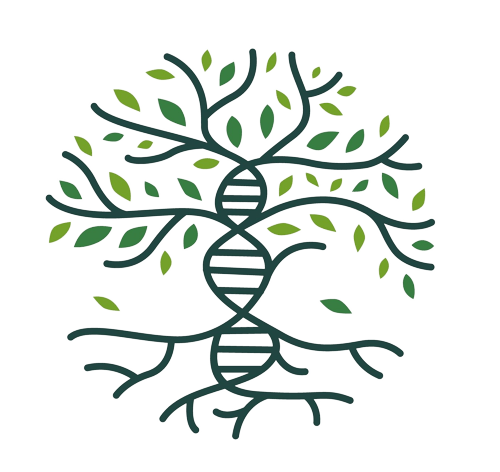As a professional genealogist, I have solved scores of brick wall problems for clients. Certainly all roadblocks are not “solvable,” but using several tried and true techniques can usually make headway. Like the cobbler whose family wears the poorest shoes, I have brick walls in my personal family history that take a backseat to client work. I have been looking for Agnes, my 3rd great grandmother, in small batches of time for several years, but I have declared 2025 as the “Year of Finding Agnes.” I have moved Agnes to “Client Project Status” and you can follow along. First a little information about roadblocks and brick walls and why they come about.
Family history roadblocks are commonly the result of the following:
Lack of documentation – The individual lived in an area or time where events were not recorded or records have been destroyed by weather events, fire or poor preservation techniques.
Incorrect or false records – Recorders misinterpreted or misspelled names. Indexers miscopied information. Clerks made mistakes when copying wills, land records or court minutes into bound volumes. If families were away from home when census takers arrived, they may have recorded information provided by neighbors who guessed at ages or relationships in the household. Informants deliberately falsified information on documents, such as their age, name, number of previous marriages for their own personal reasons. Newspapers printed incorrect information whether by printing error, omission of pertinent information or misconstruing the facts.
Following public trees that have not been substantiated by adequate documentation – Those little green waving leaves are enticing but often lead to public trees copied from other public trees with no supporting evidence. Errors can be perpetuated across hundreds of public trees and accepting commonly held information as fact is perilous. Public trees can be a great time saver and source of LEADS but any information copied from another tree should be verified according to the Genealogical Proof Standard.
Conflagrating same named individuals – Common names like Williams, Johnson, Davis should raise red flags that diligence in attaching the correct information to the correct person is warranted, but this diligence should extend to every individual, not just those with obviously common names. Naming patterns in some communities dictate using parents, grandparents or siblings’ names for children and sorting the information attributed to 4 separate Benjamin Franklin Williams or 4 different Edward Culverhouses can be challenging. Often same named individuals in one community or state are mixed up leading to errors in identifying wives, children, and their participation in events.
Inadequate research across all available documents – Simply checking the censuses and following them back in time does not meet the standard of “Reasonably Exhaustive Research” required in Genealogical Standards. Birth, death, marriage and divorce records, probate and land documents, court records, diaries, photographs, military records and newspapers should all be reviewed to establish a more complete picture of the ancestor. Social context, local history, FAN clubs (friends, associates and neighbors) all provide clues to the individual’s identity and circumstance.
Next week: First steps – What do we know about Agnes, what do we want to know and what do we do next?
